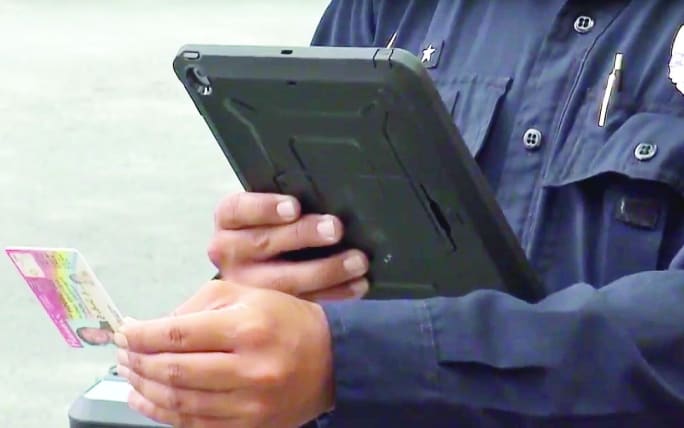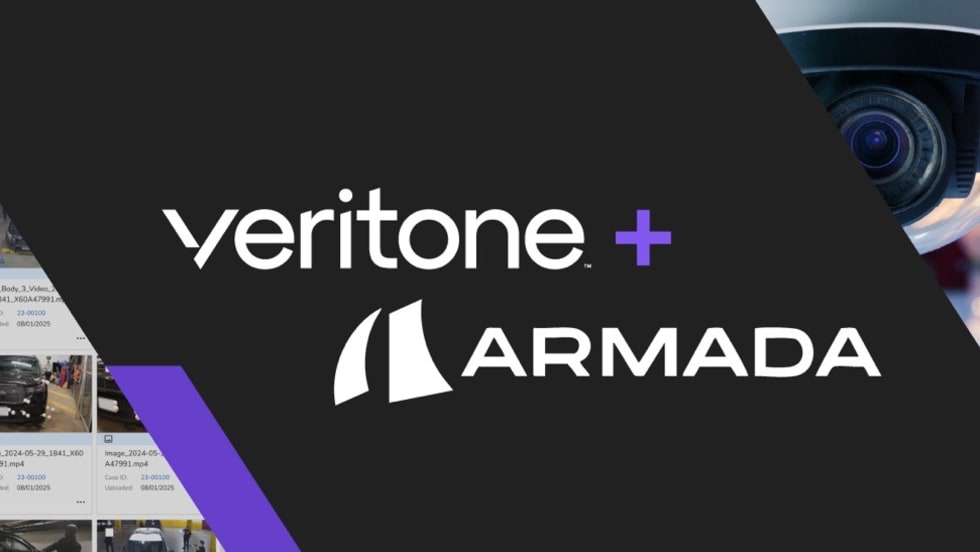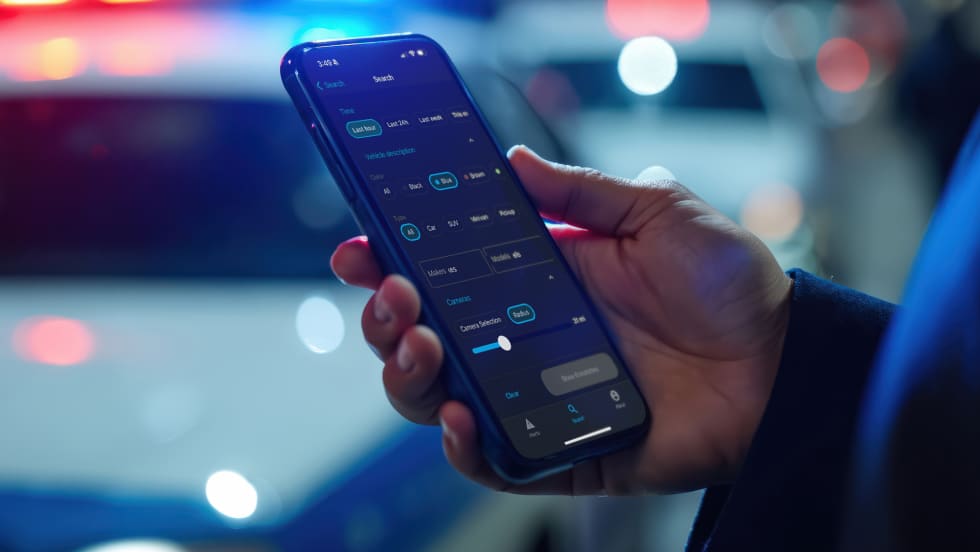As a bonus, in addition to getting motorists out of a potentially dangerous situation more quickly, having a traffic stop over more quickly gets them on the road more quickly, resulting in more "satisfied customers."
4) Requires Certain Technology
One of the barriers to implementing e-citation is the necessary technology. To access software or other information from the cloud and to transmit the data collected when issuing a citation on a traffic stop, officers need reliable wireless connectivity out in the field. And all of the hardware and software being used must work together. The specifics will be different for every department based on what technology they already have in use and their individual needs.
One necessity is a Records Management System (RMS) that contains or is compatible with the e-citation solution being used. Multiple RMS and e-citation vendors can be used across a region, such as a state, looking to increase e-citation use. But to streamline the process and minimize errors, there should be agreed upon standards regarding how e-citation data is collected, managed, and reported across all of these agencies.
To print out tickets and give them to motorists, officers also must have mobile printers with them. They can be worn by officers or affixed inside officers' vehicles. In addition to e-citation-specific devices, many e-citation programs can be used on the smart phones and tablets that officers are already using for other tasks.














